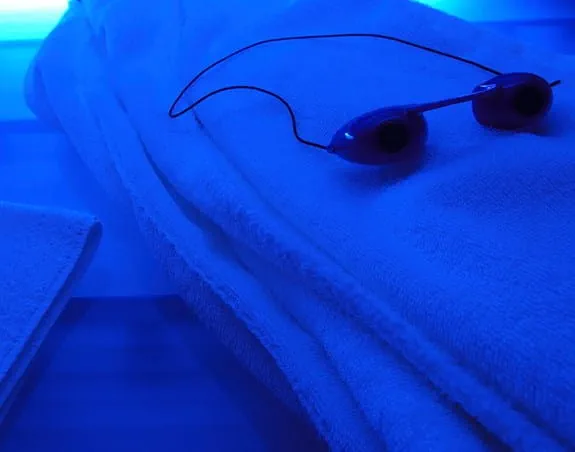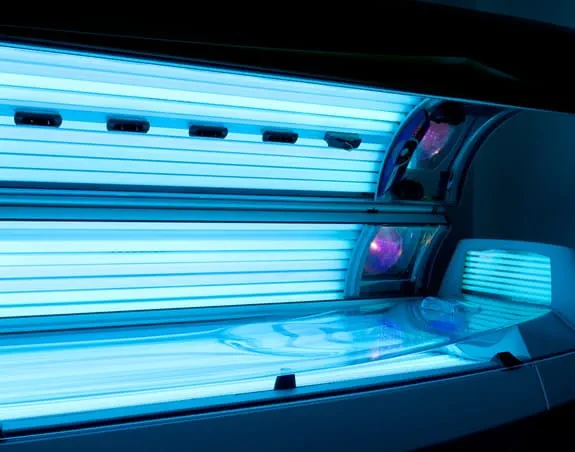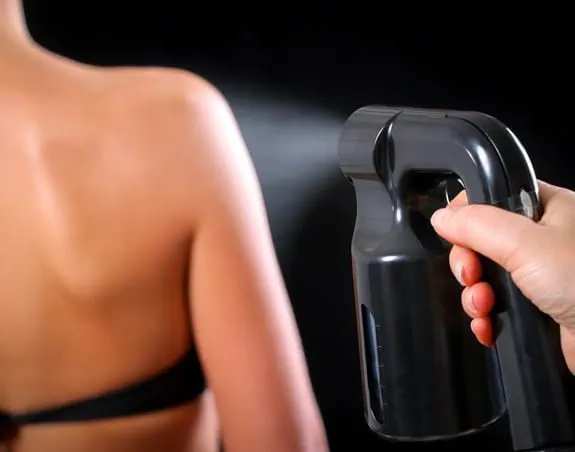Tanning is out

Why indoor tanning is unsafe

Indoor tanning causes cancer
When you expose your skin to UV rays – whether from the sun, tanning beds or sun lamps – you increase your chances of getting skin cancer.
The International Agency for Research on Cancer classifies UV-emitting devices, such as tanning beds, as known cancer-causing substances. This is the highest rating they can give in terms of whether the evidence shows that something causes cancer.
Research shows that being exposed to UV radiation from indoor tanning equipment before the age of 35 increases your risk of melanoma (skin cancer).

Did you know?

4 myths about indoor tanning
Indoor tanning is never safe. These myths can hurt you. Don’t believe them.
Safe alternatives to a tan
Bronzers, self-tanners and spray tanners have not been shown to pose a health risk and are considered safe to use – if they’re applied correctly and carefully. They should only be applied externally to the skin and should not be used near your lips, mouth and nose or around your eyes. Be sure to protect those areas even if the sunless tanning product is being sprayed or airbrushed on professionally.
You should also be careful not to breathe in or swallow any of the products. If you’re applying the product yourself, follow the same precautions and follow the directions on the label.
Yes. Sunless tanning products do not protect your skin from sun damage. Some self-tanning products contain sunscreen, but their sun protection factor (SPF) is generally low. Your tan will not protect you from exposure to harmful UV rays.

What are spray tanners?
Spray tanners are like self-tanners, but they can be applied professionally by airbrushing or in spray tanning booths, which use sprays or misters to apply a solution to the body in a very short time. The most common ingredient in these solutions is DHA.

